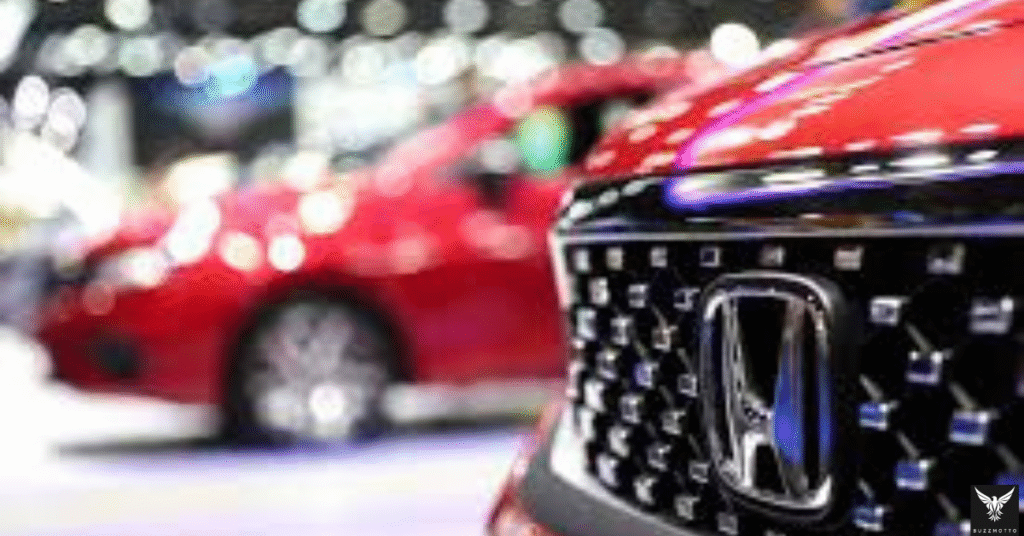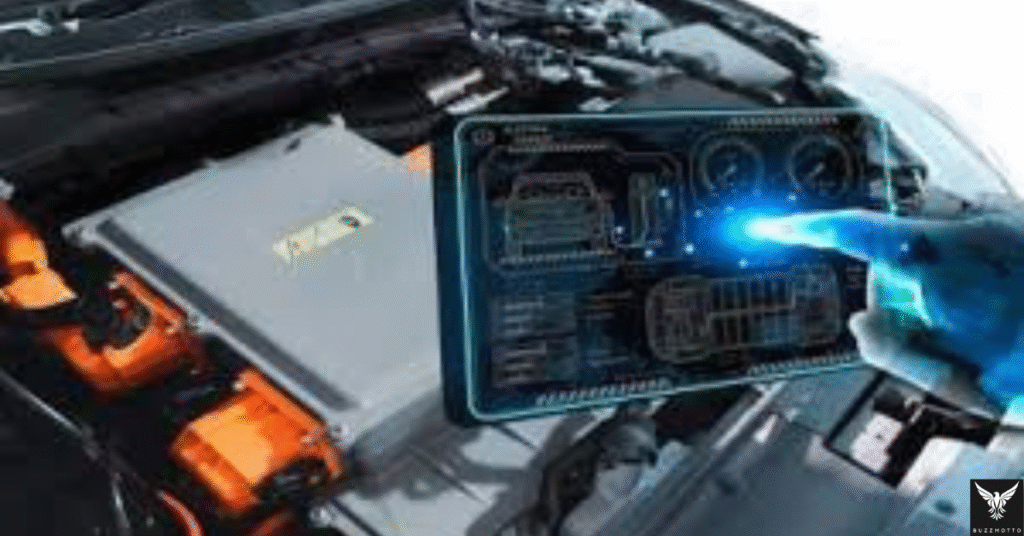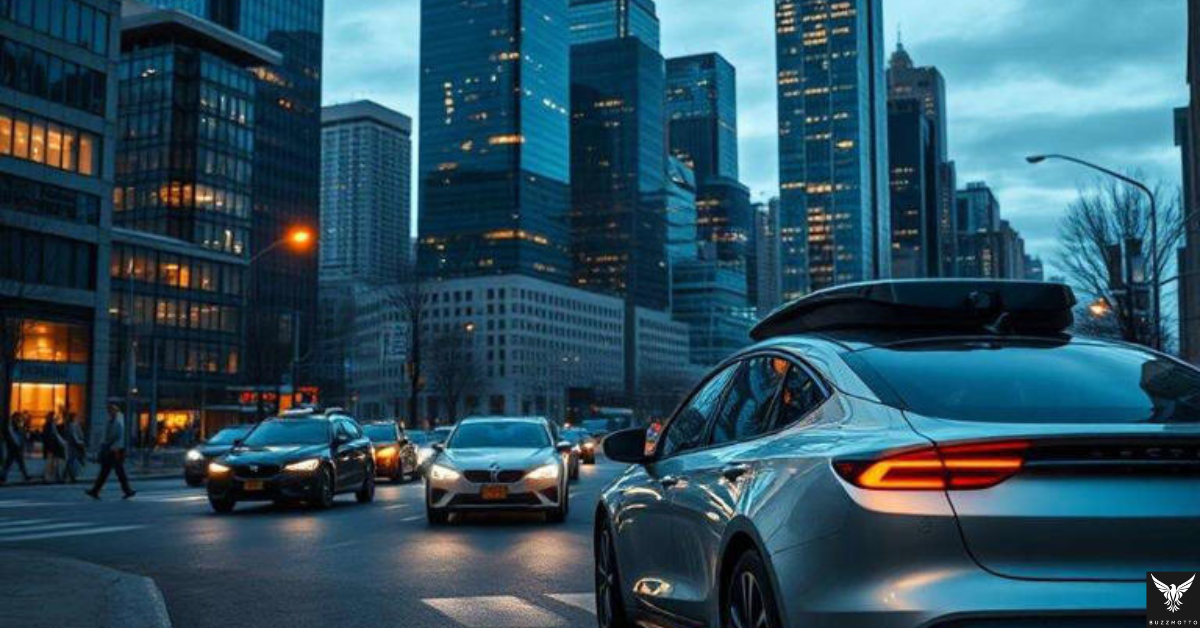Table of Contents
California-based autonomous driving startup Helm.ai, backed by automotive giant Honda, has introduced its latest innovation in the field of self-driving technology. Dubbed “Helm.ai Vision,” the advanced camera-based system is designed to interpret complex urban driving environments without relying heavily on costly sensors like radar and lidar.
Helm.ai is partnering with Honda to integrate this new system into the upcoming 2026 Honda Zero series—an ambitious line of electric vehicles (EVs) aimed at providing hands-free driving with enhanced safety and control. According to the company, this technology will allow drivers to take their eyes off the road, ushering in a new era of AI-assisted commuting.
A Vision-First Strategy Inspired by Tesla
Helm.ai’s decision to lead with vision technology reflects a broader trend in the automotive industry. Instead of using radar or lidar, which tend to be expensive and more complex, Helm.ai is following a similar trajectory as Tesla, which also champions a camera-based approach to autonomous driving. The startup’s founder and CEO, Vladislav Voroninski, emphasizes that vision is not just a viable option—it’s a scalable solution.
“Our system is designed for production deployment. We’re already in advanced discussions with multiple original equipment manufacturers (OEMs),” said Voroninski in a recent interview with Reuters. “The business model is centered around licensing our software—both the Helm.ai Vision system and foundational AI models—to automakers.”
Collaboration With Honda and Other OEMs
The most significant milestone in Helm.ai’s journey is its strategic collaboration with Honda. The two companies are working closely to equip the future Honda Zero electric vehicle lineup with this cutting-edge system. The partnership underscores Honda’s growing commitment to autonomous technology and reflects a shift in how traditional carmakers are embracing AI-based solutions.
But Honda isn’t the only player on Helm.ai’s radar. Voroninski hinted that negotiations are ongoing with several other global car manufacturers, paving the way for broader adoption of Helm.ai’s solutions in mainstream consumer vehicles.
$102 Million in Funding and Growing Investor Confidence
Founded in 2016, Helm.ai has steadily gained investor confidence, amassing a total of $102 million in funding to date. Its backers include some major names in the mobility and technology sectors. Among the key investors are:
- Goodyear Ventures, the investment arm of the iconic tire company,
- Sungwoo Hitech, a prominent South Korean auto parts manufacturer,
- Amplo, a venture capital firm with a portfolio focused on innovative and scalable startups.
This influx of capital has enabled Helm.ai to scale operations, attract top-tier talent, and develop AI models capable of understanding and reacting to real-world traffic scenarios.

How Helm.ai Vision Works
Unlike many autonomous driving systems that rely on an array of sensors, Helm.ai Vision builds its intelligence primarily through a network of cameras. The software synthesizes images from multiple camera angles to create a comprehensive, real-time bird’s-eye view of the vehicle’s surroundings.
This panoramic view enhances the vehicle’s understanding of lane markings, traffic signals, pedestrian movements, and other dynamic elements of urban driving. As a result, the system supports advanced decision-making capabilities, including obstacle avoidance, path planning, and predictive control.
The company states that Helm.ai Vision is optimized to run on various high-performance computing platforms commonly used in the automotive industry. These include systems built by Nvidia and Qualcomm, two dominant players in the AI and chip design space.
This compatibility ensures that car manufacturers can incorporate Helm.ai’s software into existing vehicle platforms without the need to revamp entire hardware systems.
Why Cameras Over Lidar and Radar?
Helm.ai’s vision-first approach is grounded in both technological belief and economic rationale. While lidar (light detection and ranging) and radar have traditionally been viewed as essential for autonomous systems, they come with significant costs and integration challenges.
Camera systems, by contrast, are cheaper and easier to maintain. When combined with powerful AI models trained on massive data sets, they can deliver results on par with or even better than sensor-fusion models—at least in well-lit, clear-weather conditions.
Still, industry experts caution that relying solely on cameras could pose safety risks in low-visibility situations such as fog, snow, or heavy rain. In these scenarios, lidar and radar provide redundancy that cameras alone cannot match.
Voroninski addressed these concerns, noting that Helm.ai also develops foundation models that support other sensors when required. “While our main focus is vision-based autonomy, we have the tools and frameworks to incorporate lidar and radar when needed. Our solution is adaptable,” he said.
Competing with the Big Players: Waymo and Beyond
The autonomous driving landscape is highly competitive, with major players such as Alphabet’s Waymo, Cruise, Aurora, and May Mobility heavily invested in multi-sensor approaches. These companies often deploy fleets of robotaxis equipped with lidar, radar, and high-definition cameras to ensure maximum safety and perception accuracy.
Helm.ai’s decision to differentiate itself through software-centric, vision-first technology could be a key advantage—especially for OEMs looking to offer self-driving features at a more affordable price point.
Moreover, by focusing on licensing rather than full-stack autonomous vehicles or robotaxis, Helm.ai positions itself as a valuable partner for carmakers, rather than a competitor.

Addressing the Future of Mass-Market Autonomy
The ultimate goal for Helm.ai is not just to create a better self-driving system—but to make it commercially viable for millions of vehicles. By offering a software layer that can be embedded into cars already being developed by OEMs, the startup is dramatically reducing the time and cost needed to bring autonomy to the masses.
The 2026 Honda Zero series could become the proving ground for this ambitious vision. If successful, Helm.ai’s technology may redefine what drivers expect from semi-autonomous systems and nudge the industry closer to full autonomy.
Helm.ai’s unveiling of its next-generation vision system marks a significant step in the evolution of autonomous driving. Backed by reputable investors and supported by a strategic partnership with Honda, the company is on track to become a leading player in AI-driven automotive innovation.
With its emphasis on vision over lidar and a flexible software licensing model, Helm.ai is carving a unique space in a crowded market. As the race to build safer, more accessible self-driving vehicles continues, all eyes will be on how this California startup delivers on its promises—and whether it can truly shape the future of how we drive.
Stay tuned to Buzzmottoo for more..
🤖 FAQs About Helm.ai and Its Vision-Based Autonomous Driving System
1. What is Helm.ai Vision?
Helm.ai Vision is a camera-based autonomous driving system developed by California-based startup Helm.ai. It uses advanced AI to process visual data from multiple cameras and create a real-time bird’s-eye view of a vehicle’s surroundings, enabling self-driving features like lane detection, obstacle avoidance, and hands-free driving.
2. How is Helm.ai’s technology different from Tesla’s Autopilot or other self-driving systems?
Like Tesla, Helm.ai relies primarily on vision rather than lidar or radar. However, Helm.ai focuses solely on software licensing and does not manufacture vehicles. Its system is designed to integrate with a wide range of hardware platforms and vehicle models, offering flexibility to carmakers like Honda.
3. Will Helm.ai Vision be used in Honda vehicles?
Yes, Helm.ai is working closely with Honda to integrate its Vision system into the upcoming 2026 Honda Zero electric vehicle series. These cars are expected to support hands-free driving capabilities powered by Helm.ai’s technology.
4. Is Helm.ai’s system safe without lidar or radar?
While camera-based systems are cost-effective and scalable, some industry experts suggest that additional sensors like lidar and radar provide important backup in poor visibility conditions. Helm.ai acknowledges this and says it also builds foundation models that can support other sensor types if required.
5. How much funding has Helm.ai received so far?
As of June 2025, Helm.ai has raised $102 million in funding from investors like Goodyear Ventures, Sungwoo HiTech, and Amplo. This strong backing highlights the growing confidence in its scalable vision-based approach to autonomous driving.


1 thought on “Helm.ai Unveils Next-Gen Camera-Based Vision System for Self-Driving Cars, Eyes 2026 Honda Zero Series”